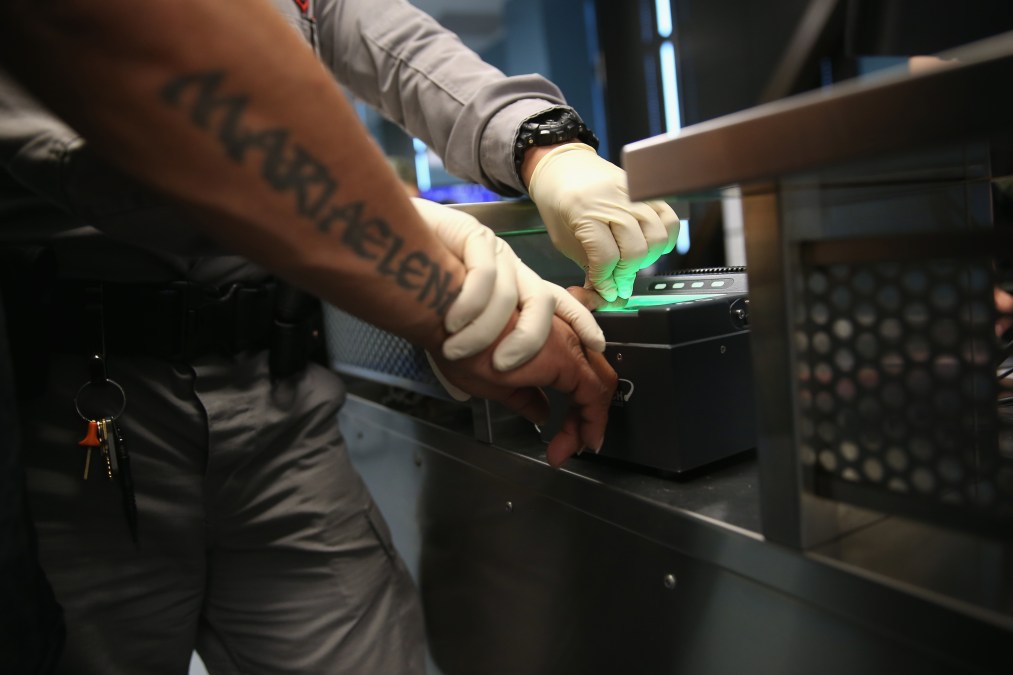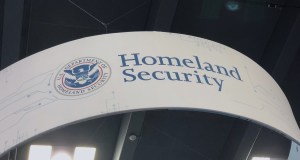DHS still failing to track labor costs for HART biometric system, watchdog finds

The Department of Homeland Security’s $4.3 billion Homeland Advanced Recognition Technology system for fingerprint matching and facial recognition isn’t appropriately tracking and monitoring labor costs that could mitigate further schedule delays and cost overruns, a government watchdog recently found.
The DHS Office of Biometric Identity Management (OBIM) has however promised to incorporate its full actual costs in the next annual update to the HART Life Cycle Cost Estimate for fiscal year 2022 which it provided in May 2023, according to a Government Accountability Office (GAO) study released Wednesday.
“The Secretary of DHS should direct the Office of Biometric Identity Management (OBIM) Director to ensure that, moving forward, the Homeland Advanced Recognition Technology (HART) program tracks and monitors all of its costs, including government labor costs,” the GAO report titled ‘Priority Open Recommendations: Department of Homeland Security’ said.
The biometrics system is one of DHS’ major IT programs that has taken much longer than expected to become fully functional since it began in 2016 and has had persistent risk management issues in the past few years.
Begun in 2016, HART was expected to cost $5.8 billion all told and provide additional biometric services, a web portal, and analysis and reporting tools by 2021.
DHS agreed with GAO’s recommendation and said future HART program Life Cycle Cost Estimates will include government labor costs which the GAO will assess to determine whether the program is accurately tracking and monitoring all costs in an attempt to ensure the program doesn’t face further schedule delays or ballooning costs.




